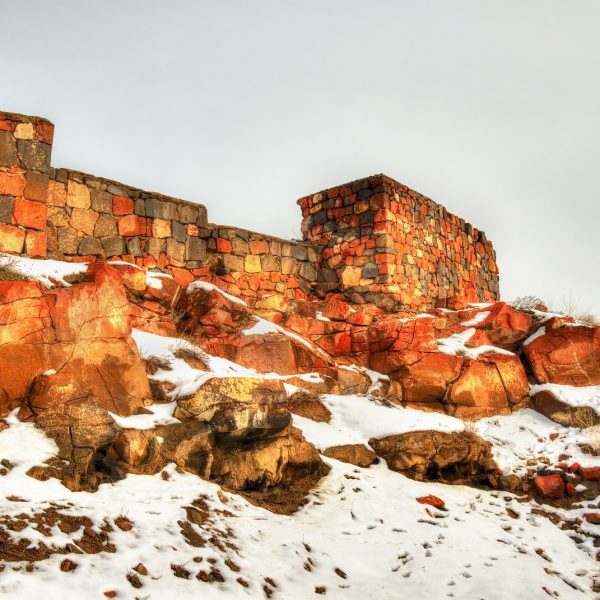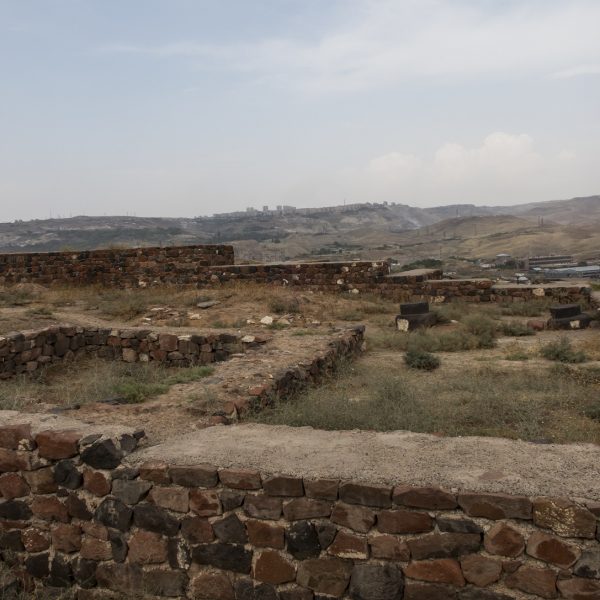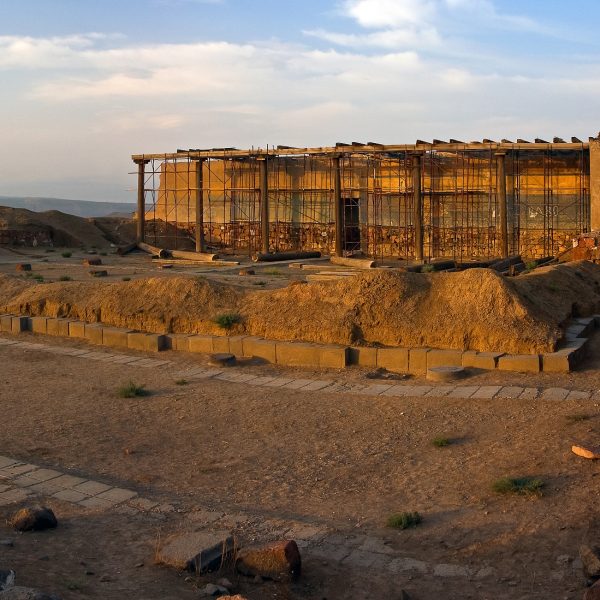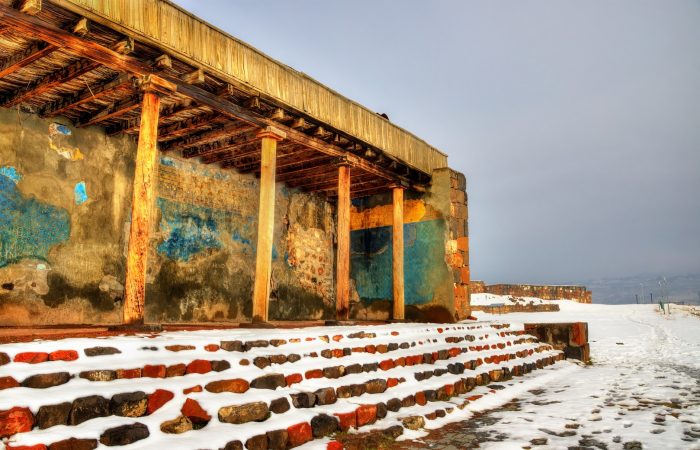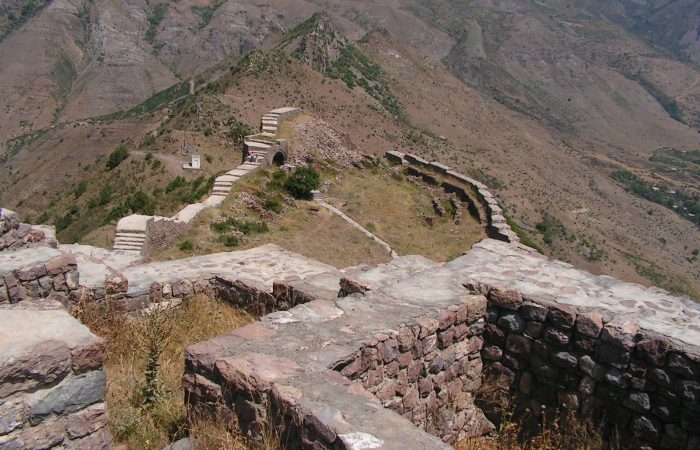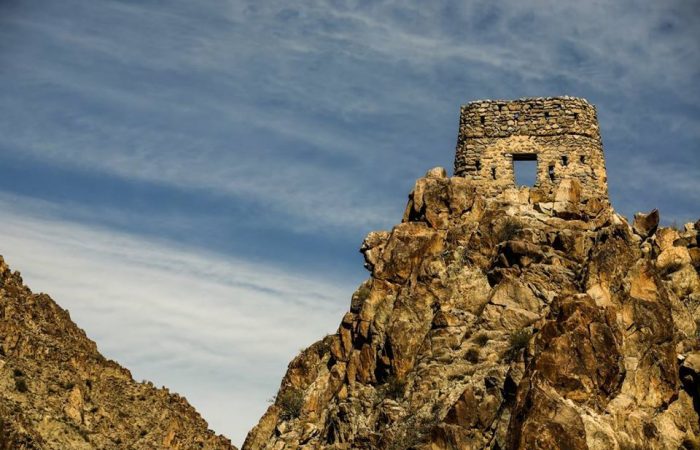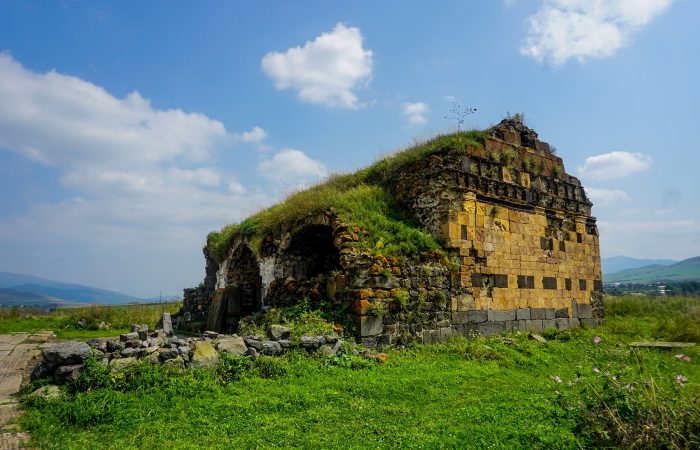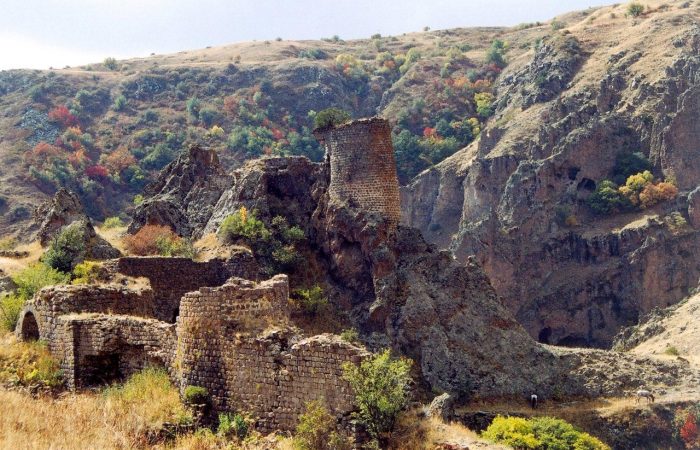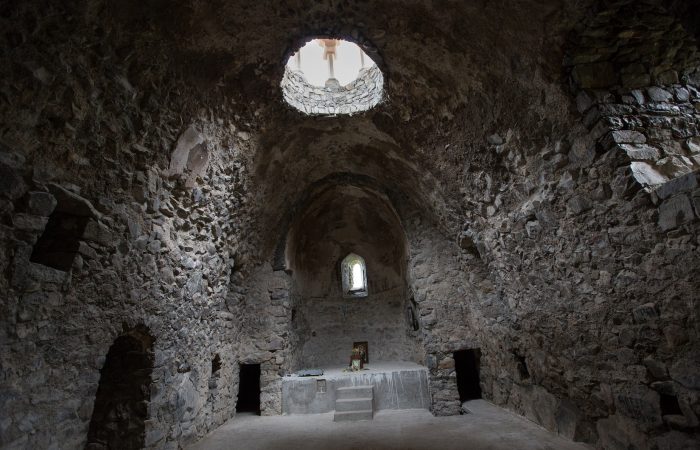Etymology
Depending on what type of direct object the word Erebuni is followed by, it might imply different things. If followed by a changing direct object, an inscription found at Karmir Blur (Red Fortress) indicates it means “seize, pillage, kidnap.” While in case of the unchanging object, it might mean “take” or “capture.” Based on these implications it is concluded that at the time of its establishment it simply meant “victory” or “conquest.”
An alternative explanation goes like this – in the word Erebuni “eri” refers to Ers, who are supposed to be people living in that territory, while “bun” is interpreted as “shelter.” In this regard, Erebuni can simply mean the capital city of “Er” people. Another opinion is that Erebuni means the “city of independent people.”
Erebuni Fortress History
Erebuni was founded in 782 BC by Argishti I (786-765/764 BC), one of the most powerful kings of the Kingdom of Urartu. According to Khorkhor inscription, King Argishti resettled there 6600 soldiers, who were brought to Erebuni from the western part of the Armenian Highlands, more precisely from the countries of Khate and Tsupany.
Erebuni was built as a military stronghold and the main purpose it was to serve was to protect the kingdom’s northern borders. Argishti is believed to have started Erebuni construction after he had conquered the territories to the north of Yerevan and west of Lake Sevan. The territories conquered make up an area, which is today known as Abovyan town. Those captives, despite their being men or women, “contributed” to the construction of the town.
Erebuni was built on top of a hill and was firmly ensconced by 10-12 meter high defensive walls. Behind them, there were central and inner walls as well. These walls used to separate the buildings. The walls were made of basalt, tufa, wood and adobe. A palace was constructed. Other notable buildings were revealed as well. Among those buildings are the Temple dedicated to Khaldi, a royal assembly hall, storerooms, dormitories and so on. A citadel where the garrison used to stay was found as well.
Later on, the kings that came after Argishti turned Erebuni into their residence during their military campaigns against Northern invaders. Numerous attempts were made to invade both the Kingdom of Urartu and Erebuni. In the end, the kingdom appeared under the rule of Achaemenian Empire, but Erebuni preserved its strategic position. The city was actually never abandoned, despite the countless invasions. Being always inhabited it eventually became the city of Yerevan.
Erebuni Fortress Architecture
The Fortress was located on the 65 meter high hill of Arin Berd and could be reached via the southern slope of the hill. It was protected by high towers. The main entrance was located at the southeastern site of the hill. The entrance took to the central yard of the citadel. The ceremonies of Argishiti I’s personal guards as well as the garrison guards took place there. The citadel included clay coated adobe floors faced with stone slabs.
There were stairs leading to the square, which divided the fortress territory into 3 parts: religious, palatial and economical. The religious part was situated on the south-western part of the square. It’s where the temple to the God Khaldi was situated. It had a ziggurat type (having the form of a terraced step pyramid of successively receding stories or levels) tower, which could be reached through a staircase. The temple also had a side room on the lower floor.
The hall was surrounded by double rowed 12-wooden columns. It also featured benches along the walls. At the left wall an altar for sacrifices could be found. The walls were decorated with frescoes. These colorful wall paintings depicted human figures, geometric and floral designs. One of the frescoes represented God Khaldi wearing a horned crown and riding a lion with a warder in his left hand. The floor was made of wood.
The palace buildings could be found on the northern part from the square. The central part included a pillared yard, which consisted of five by five columns on longitudinal part, and by fours on latitudinal part. The roof of the hall was flat and had a wooden cover. The walls were decorated with multi-colored wall paintings and carpets hanging from huge nails. Some holes can be clearly noted even today. The columned hall could be accessed via a narrow and long hall from the pillared yard. The walls and clay benches were whitened.
Inscriptions
Several inscriptions were found at Arin Berd. One inscription discovered in the fall of 1950 reads, “By the greatness of the God Khaldi, Argishti, son of Menua, built this mighty stronghold and proclaimed it Erebuni for the glory of Biainili (Urartu) and to instill fear among the king’s enemies. Argishti says: The land was a desert, before the great works I accomplished upon it. By the greatness of Khaldi, Argishti, son of Menua, is a mighty king, king of Biainili, and ruler of Tushpa.”
Khaldi (Haldi) was one of the three deities of Urartu. Tushpa was the capital city of Urartu in the 9th century BC. Similar inscriptions were found in Tushpa (present –day Van) as well.
Ultimately, being built in the 8th century BC Erebuni fortress represents a great historical value. The archaeological remains that were found there reveal that the area has been populated for over three thousand years. Due to its utmost historical significance the fortress is presently one of the most visited tourist destinations in Yerevan.
Location
Erebuni Fortress is located in the south-eastern part of Yerevan, between Nor-Aresh and Vardashen districts where Arin Berd stands. Arin Berd is translated as Blood fortress or the Fortress of Blood.

